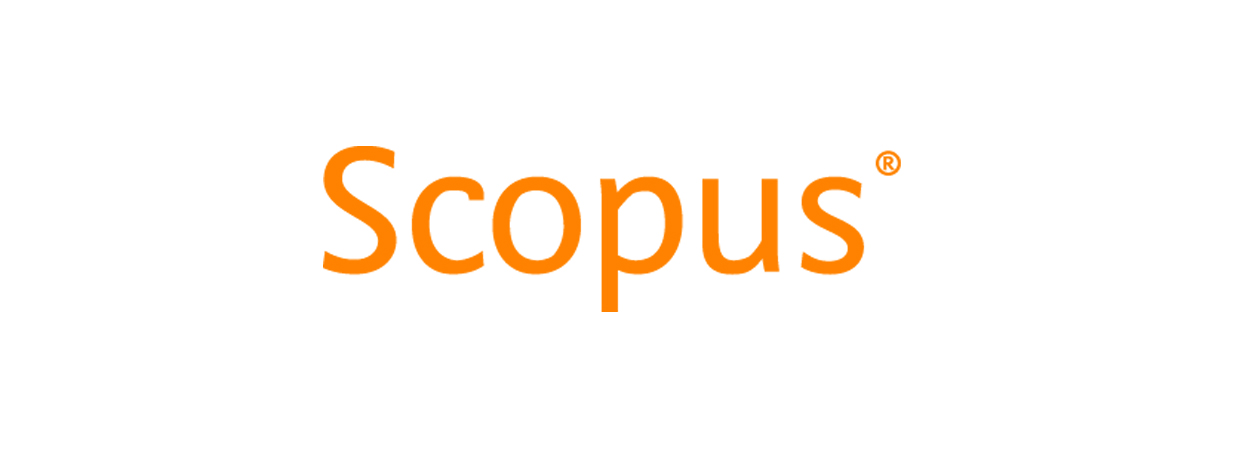DEKOMPOSISI PERTUMBUHAN DAN DIVERSIFIKASI EKSPOR NON MIGAS INDONESIA
Keywords:
Diversifikasi Ekspor, Marjin Intensif, Marjin Ekstensif, Export Diversification, Intensive Margin, Extensive MarginAbstract
Studi ini ditujukan untuk mengetahui peran komponen pertumbuhan ekspor non migas Indonesia yang pada tahun 2010 mencatatkan pertumbuhan signifikan, sekaligus untuk menganalisis struktur ekspor. Pada dasarnya, studi ini mengikuti kajian yang dilakukan oleh Amiti dan Freud (2007) untuk mengetahui kontribusi produk baru terhadap pertumbuhan ekspor dengan menggunakan dua metode yang saling melengkapi. Metode pertama adalah dekomposisi pertumbuhan ekspor menjadi produk baru, produk menghilang, dan produk bertahan yang menyediakan informasi mengenai besarnya penciptaan dan pengurangan ekspor. Metode kedua adalah Indeks Feenstra atas varietas pertumbuhan ekspor netto yang menyediakan suatu indikasi pentingnya varietas baru dalam perdagangan. Hasil analisis menunjukkan bahwa pertumbuhan ekspor non migas Indonesia lebih ditopang oleh tingginya pertumbuhan ekspor untuk produk-produk yang telah ada sebelumnya (margin intensif) daripada produk-produk baru (margin ekstensif), terutama selama pemulihan ekonomi di tahun 2010. Selain itu, kecilnya pertumbuhan varietas netto menunjukkan kurang berpengaruhnya margin ekstensif pada pertumbuhan ekspor Indonesia. Berdasarkan wilayah, Asia masih menjadi tujuan ekspor utama yang paling tinggi menyumbang margin intensif maupun margin ekstensif. Oleh karena itu, pemerintah diharapkan dapat menjaga stabilitas produk-produk ekspor yang telah ada serta memelihara pasar produk ekspor di kawasan Asia.
Â
This study aims to determine the role of export growth components of the Indonesian non oil and gas which experienced significant growth in 2010 as well as to analyze the recent export structure. Basically, the study follows the paper of Amiti and Freud (2007) which examined the contribution of new varieties to export growth using two complementary methods. The first is a decomposition of export growth into new, disappearing, and existing varieties and offers more information on the magnitude of export creation and destruction. The second is the Feenstra Index of net export variety growth which provides an indication of the importance of new varieties in trade. The results of analysis showed that the growth of Indonesian export of non oil and gas was mainly driven by high export growth of existing products (the intensive margin) rather than in new varieties (the extensive margin), particularly during the economic recovery in 2010. In addition, the small net variety growth indicates the less importance of extensive margin on Indonesian export growth. According to the region, Asia is still a major export destination contributing for the highest intensive and extensive margin. Therefore, the government is expected to maintain the sustainability of the existing export products and the Asia market.
Downloads
References
Ali, R., J. Alwang, dan P. B. Siegel. (1991). Is Export Diversification the Best Way to Achieve Export Growth and Stability? A Look at Three African Countries. World Bank Working Papers No. 729.
Amiti, M. dan C. Freund. (2007). An Anatomy of China’s Export Growth. Global Implications of China’s Trade, Investment and Growth Conference. IMF, Research Departement, April.
Amiti, M. dan C. Freund (2008). The Anatomy of China’s Export Growth. Policy Research Working Paper, WPS 4628, The World Bank Development Research Group
Amurgo-Pacheco, A. and M. D. Pierola. (2008). Patterns of Export Diversification in Developing Countries: Intensive and Extensive Margins. The World Bank Policy Research Working Paper, WPS 4473.
Badan Pusat Statistik (BPS). (2011). Data Ekspor dan Impor periode 2006-2010.
Brenton, P dan R. Newfarmer. (2007). Watching More Than the Discovery Channel: Export Cycles and Diversification in Development. The World Bank Policy Research Working Paper, WPS 4302.
Direktorat Jenderal Kerjasama Perdagangan Internasional, Kementerian Perdagangan Republik Indonesia. (2009). Laporan Kinerja Direktorat Jenderal Kerjasama Perdagangan Internasional 2005-2009.
Feenstra, R. C. (1994). New Product Varieties and the Measurement of International Prices. American Economic Review, vol. 84(1), pp. 157 - 177.
Hillberry, R. H. and C. A. McDaniel. (2002). A Decomposition of North American Trade Growth since NAFTA. U.S. International Trade Commission Working Paper 2002 - 12 - A.
Hummels, D. dan P. J. Klenow. (2005). The Variety and Quality of a Nation’s Exports. American Economic Review, pp. 704-723.
International Monetary Fund (IMF). (2011). World Economic Outlook: Slowing Growth, Rising Risks. September 2011.
Kehoe, T. J. dan K. J. Ruhl. (2009). How Important is the New Goods Margin in International Trade? Federal Reserve Bank of Minneapolis, Research Department Staff Report No. 324.
Kementerian Perdagangan. (2010). Rencana Strategis Kementerian Perdagangan Periode 2010-2014.
Liapis, P. S. dan A. Fournier. (2008). How Important is the Extensive Margin in Agricultural Trade? International Trade Research Consortium (IATRC) Winter Meeting, December.
Mohan, P. (2011). Caribbean Export Diversification along its Development Path. University of the West Indies.
Republik Indonesia. (2010). Lampiran Peraturan Presiden Republik Indonesia No. 5 Tahun 2010 tentang Rencana Pembangunan Jangka Menengah Nasional Tahun 2010-2014.
Republik Indonesia. (2010). Lampiran Peraturan Presiden Republik Indonesia No. 29 Tahun 2010 tentang Rencana Kerja Pemerintah Tahun 2011.
Republik Indonesia. (2011). Lampiran Peraturan Presiden Republik Indonesia No. 29 Tahun 2011 tentang Rencana Kerja Pemerintah Tahun 2012.
Ricardo, D. (1817). On the Principles of Political Economy and Taxation. London: John Murray
Samen, S. (2010). A Primer on Export Diversification: Key Concepts, Theoretical Underpinnings and Empirical Evidence. World Bank Institute.
Smith, A. (1776). An Inquiry into the Nature and Causes of the Wealth of Nations. London: Methuen & Co., Ltd.
Tsivadze, N. (2011). Export Diversification in Georgia: Intensive and Extensive Margins. Master’s Thesis: International School of Economics, Tbilisi State University.










 Buletin Ilmiah Litbang Perdagangan
Buletin Ilmiah Litbang Perdagangan
